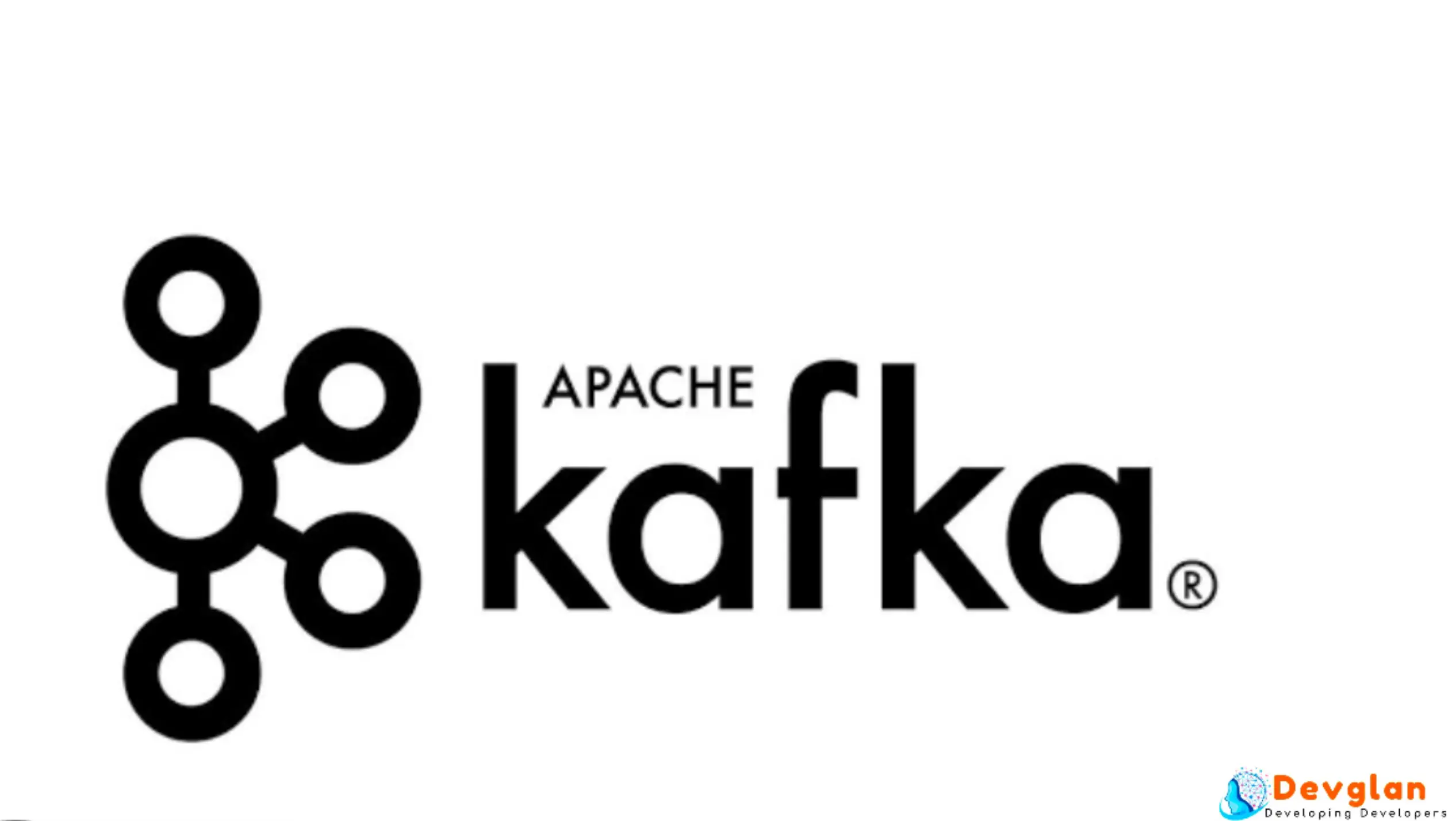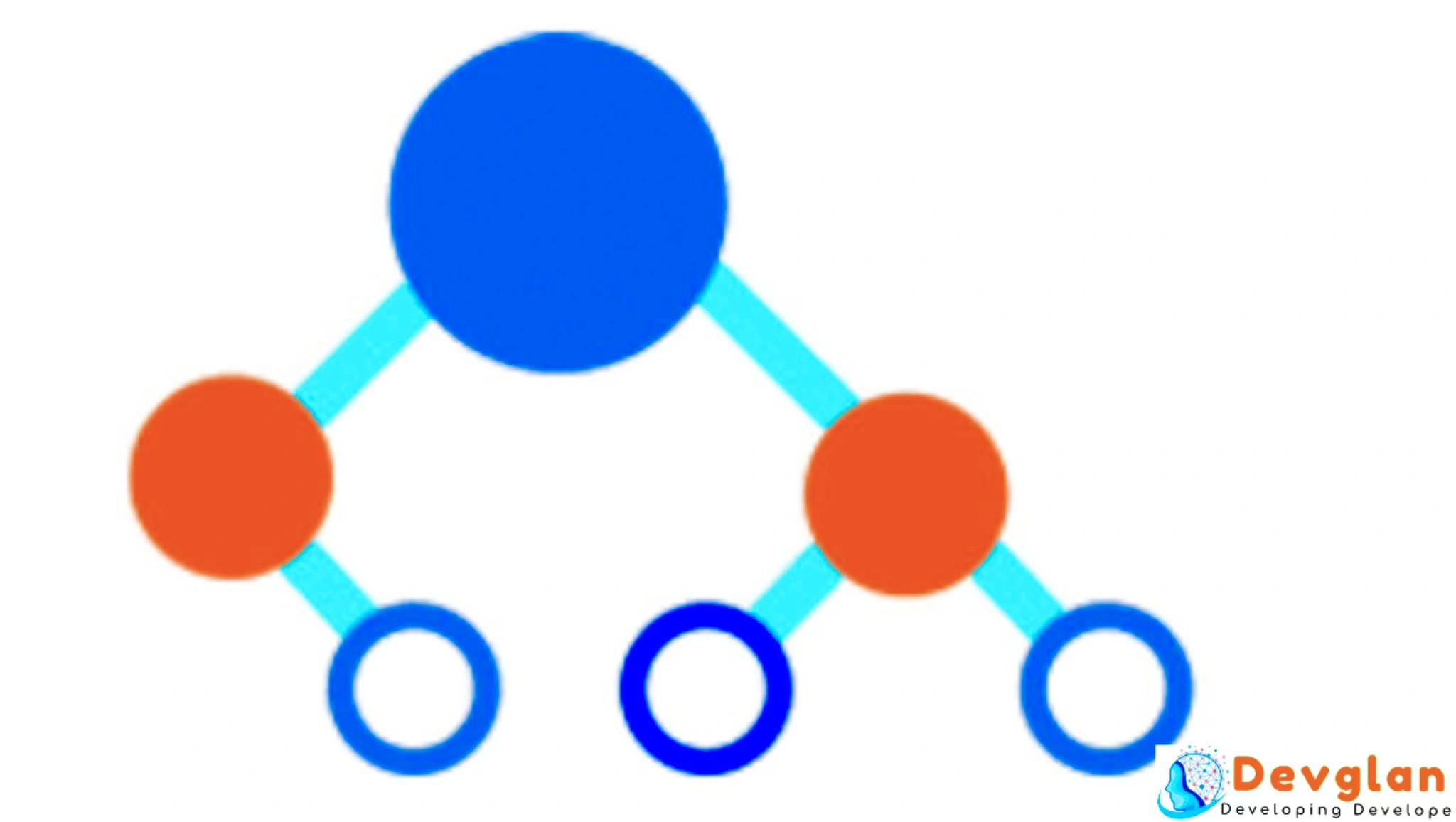With increased cyber threats, you can't afford to have mediocre security on your software. So, how secure is your software? Does it pass the modern security litmus test?
From the first planning stages to the final stages and even the post-deployment maintenance phase, each phase of the software development lifecycle (SDLC) offers a chance to strengthen security.
Here are five essential steps to ensure security in your SDLC.
1. Secure Planning and Requirement Analysis
The foundation of secure software begins in the planning phase. It's essential to identify potential security risks early by assessing the requirements from both a functional and security perspective.
This phase involves defining security objectives alongside the software's functional requirements, determining compliance needs, and setting the groundwork for threat modeling. Consider incorporating industry standards and frameworks, such as the OWASP Top 10, into the planning to identify common security vulnerabilities from the start.
2. Incorporating Security in the Design Phase
Security should be a key consideration in the software architecture and design phase. At this point, secure design principles should be integral to avoid potential vulnerabilities in the final product. It's important to implement the principle of least privilege to ensure users and processes only have access to the minimum amount of information and functionality needed.
Threat modeling plays a critical role during this phase. Simulating potential attack scenarios can help developers identify possible threats and mitigate them through design adjustments. The design phase is where you build security into the software's core framework, reducing the likelihood of future exploits.
3. Secure Coding Practices
During the coding phase, it's essential to follow secure coding practices that help prevent common vulnerabilities such as SQL injection.
Developers should train and practice writing code that adheres to security standards and frameworks to ensure vulnerabilities don't seep through the cracks during development.
Furthermore, adopting a secure SDLC for modern software development can be highly beneficial. Leading platforms and tools can help enforce secure coding standards, which ensures that all code complies with best practices for secure software development.
4. Security Testing and Quality Assurance
Testing is essential as it helps incorporate security testing into the quality assurance (QA) phase. This helps identify vulnerabilities before deployment. Conducting static application security testing (SAST) and dynamic application security testing (DAST) can help uncover weaknesses in both the code and the running application.
Penetration testing is another vital step in the security testing process. By simulating real-world cyberattacks, penetration testers can identify vulnerabilities and help developers close any security gaps. Integrating these tests into the CI/CD pipeline helps catch vulnerabilities early and promptly address security issues.
5. Ongoing Maintenance and Updates
Security doesn't end after software deployment. Maintaining and updating the software regularly is crucial for responding to new security threats and vulnerabilities.
Maintenance includes patching software after new security updates and conducting periodic security audits to keep it secure over time. It also includes periodically monitoring the software for any signs of breaches or vulnerabilities.
Conclusion
When developers prioritize security throughout the SDLC, they can produce robust applications that withstand modern cyber risks and maintain user trust over time.

















